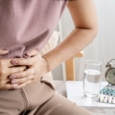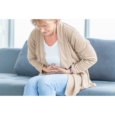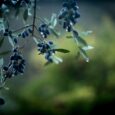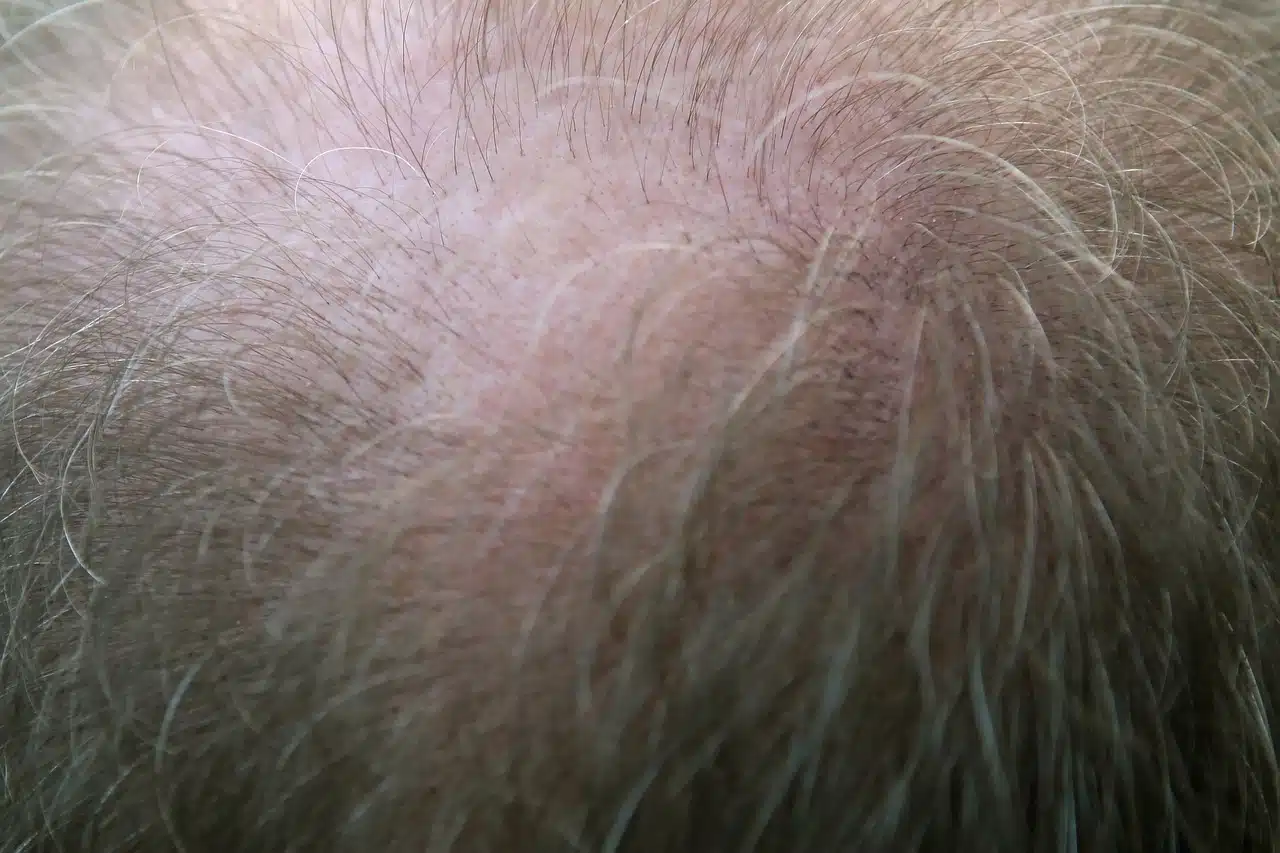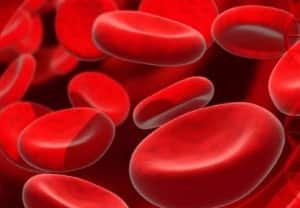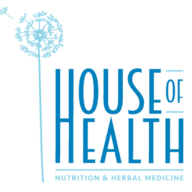
BREAST CANCER
One of the most common form of female cancer in females is breast cancer; affecting approximately 10% of all women at some stage of their life in the Western world.
What are the Risks Associated with Getting Breast Cancer?
The risk of getting breast cancer increases with age:
- a woman who lives to the age of 90 the chances of getting breast cancer her entire lifetime is about 12.5% or 1 in 8.
- Men can also develop breast cancer, but their risk is less than 1 in 1000 (see sex and illness).
- risk is modified by many different factors.
- a very small ( 5%) proportion of breast cancer cases, have a strong inherited familial risk.
- women of European and African descent have been noted to have a higher rate of breast cancer than women of Asian origin. (figures from breastcancer.org) However, these apparent racial differences diminish when geography is altered, as Asian women migrating to the western world, gradually acquire risk approaching that of western women.
The probability of breast cancer rises with age but breast cancer tends to be more aggressive when it occurs in younger women. One type of breast cancer that is especially aggressive and disproportionately occurs in younger women is inflammatory breast cancer. It is initially staged as Stage IIIb or Stage IV. It also is unique because it often does not present with a lump so that it often is not detected by mammography or ultrasound. It presents with the signs and symptoms of a breast infection like mastitis.
How can I reduce my Risks of Developing Breast Cancer?
- Breast feed your children – a woman’s risk of breast cancer reduces by around 10% for every year of breastfeeding
- Throw away your bra – at least the tight one!
- Look closely at what you’re puttting on your skin
- continue consuming your indigenous diet if you are Asian, living in a Western country
- consult a naturopath who can guide you through lifestyle and nutritional changes to minimize your risks.
- be screened for heavy metal toxicity
- book your breast thermogram today
Common symptoms of Breast Cancer
- Itching in the armpit or around the breast region.
- Ridges and thickened areas of the skin of nipple or breast.
- Appearance of a bruise that doesn’t go away.
- Nipple inversion (grows inward)
- Breast is hot to the touch.
- A discharge from the nipple.
How Can Natural Therapies Help?
Unliike medical intervention, which is either: burn it (radiotherapy), poison it (chemotherapy) or cut it out (surgery), the naturopathic approach is to improve the health of you as a person, whatever choice you have made about treatment. We will support you in the decision you have made, informing your healthcare providers of the recommended regime if you wish us to do so.
Our goal is to maximise your recovery and support your return to ultimate health.
Tamoxifen
Recently released research into the long-term effects of the medical mainstay of breast cancer treatment, the drug Tamoxifen, has revealed a high incidence of some rare cancers associated with long-term use of this medication.
Tamoxifen is the drug of choice, prescribed after breast cancer detection or surgery. Its use is deemed to have a 20% success rate in preventing further incidences of cancer. For this reason, many breast cancer survivors are long term users of tamoxifen, however, as is often the case with synthetic agents, the treatment may be worse than the disease. Read more here.
Make an appointment to discuss how a natural approach can improve your recovery from a diagnosis of cancer. Note that we have natural options for managing your hormones so that you can take lower doses of Tamoxifen (if you choose to take it).

